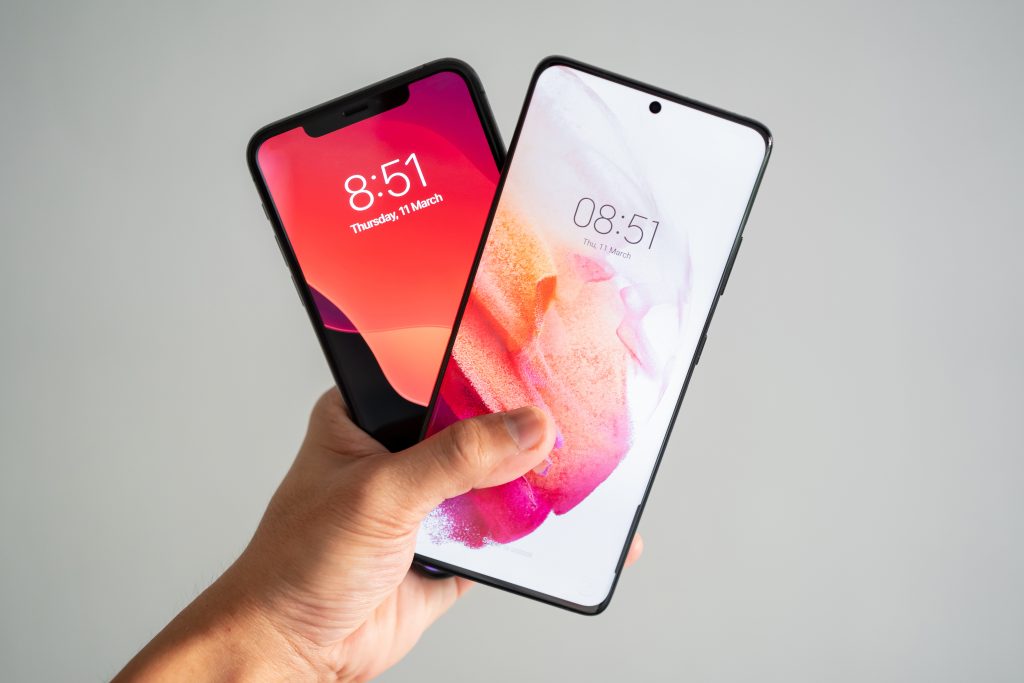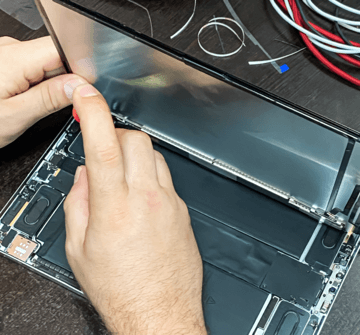
In the ever-evolving world of smartphones, two major players dominate the market: Android and Apple. Choosing between an Android phone or an Apple phone can be a tough decision, as both offer unique features and experiences. In this article, we will dive into the pros and cons of each platform, helping you make an informed choice based on your preferences and requirements. Let’s explore the key differences and features that set Android and Apple phones apart.
1. Customization and Flexibility: One of the standout features of Android phones is their high degree of customization and flexibility. Android offers a wide range of devices from various manufacturers, allowing you to choose from different designs, sizes, and hardware specifications. Additionally, Android’s open-source nature allows for extensive customization through third-party apps, launchers, and widgets, giving users greater control over their device’s appearance and functionality.
In contrast, Apple phones offer a more streamlined and cohesive user experience. The iOS operating system is known for its intuitive interface and smooth performance across all Apple devices. While customization options on iOS are more limited compared to Android, Apple’s strict hardware-software integration ensures a consistent user experience across their devices.
2. App Ecosystem: Both Android and Apple phones have robust app ecosystems, but there are some notable differences. Android’s Google Play Store offers a vast selection of apps, including many free options, and allows users to sideload apps from third-party sources. This openness provides a wider range of app choices and greater freedom for developers. However, it also increases the risk of malware and potentially unsafe apps.
On the other hand, Apple’s App Store is known for its rigorous review process, resulting in a more curated and secure app selection. While the App Store may have a slightly smaller number of apps compared to Google Play, it often prioritizes high-quality, optimized apps for a seamless user experience. Apple’s strict guidelines ensure a higher level of security and privacy for its users.
3. Hardware and Performance: Android phones offer a diverse range of hardware options, catering to different budgets and needs. With various manufacturers competing in the Android market, you can find devices with different processors, RAM configurations, camera capabilities, and battery life. This variety allows users to choose a device that aligns with their specific requirements, whether it’s a budget-friendly option or a high-end flagship phone.
Apple phones, on the other hand, follow a closed ecosystem, with hardware and software tightly integrated. This integration allows Apple to optimize performance and deliver consistent user experiences across its devices. Apple’s proprietary chips, such as the A-series processors, consistently outperform most Android counterparts in benchmark tests. If you value top-of-the-line performance and seamless optimization, Apple phones often excel in this area.
Choosing between an Android phone and an Apple phone ultimately comes down to your personal preferences and priorities. Android phones offer extensive customization options, a diverse range of hardware choices, and a more open app ecosystem. On the other hand, Apple phones provide a polished user experience, strict security measures, and optimal performance through hardware-software integration.
Consider your priorities, such as customization, app availability, hardware specifications, and budget, to determine which platform aligns best with your needs. Both Android and Apple phones have their strengths and weaknesses, so it’s essential to weigh the pros and cons and make an informed decision. Whichever platform you choose, you’ll undoubtedly find a powerful smartphone that enhances your digital lifestyle.

